Adopting a dog in the Philippines is not only a fulfilling experience but also a compassionate choice that saves the life of a homeless animal.
With so many dogs in shelters, particularly Aspins (Asong Pinoy), the act of adopting helps reduce the stray population and gives these loyal, loving animals a second chance at life.
This step-by-step guide will walk you through the adoption process in the Philippines, including important considerations, legalities, and tips for choosing the perfect dog for your family.
Step 1: Decide If You’re Ready for Dog Ownership
Before jumping into adoption, it’s essential to ask yourself some important questions. Are you ready for the responsibility?
Dogs need time, care, love, and financial commitment. Here are a few things to consider:
- Time Commitment: Dogs, especially puppies, need training, daily walks, and playtime. Make sure you have enough time to meet these needs.
- Space: Consider your living space. Do you live in a small condo, an apartment, or a house with a yard?
Larger dogs and more energetic breeds require more space and exercise.
Read: Best Dog Breeds for Filipino Apartment Living - Budget: Owning a dog requires a budget for food, grooming, vaccinations, and vet visits. Ensure you have the financial means to provide for your dog’s long-term health and well-being.
Step 2: Research Adoption Shelters and Organizations
The next step is to find reputable shelters or rescue groups that facilitate dog adoptions. In the Philippines, there are several organizations and shelters dedicated to rescuing and rehabilitating stray or abandoned dogs. Here are some notable ones:

PAWS (Philippine Animal Welfare Society)
One of the most well-known animal shelters in the country, PAWS helps rescue and rehabilitate stray and neglected animals. They have an adoption program for both dogs and cats.
According to PAWS website, here’s their simple procedure on adopting a dog or cat;
- Complete the adoption application form
- Attend a Zoom interview
- Visit the shelter to meet the animals
- Spend time with your chosen pet
- Await vet clearance and arrange pickup
- Pay the adoption fee (P500 for cats, P1000 for dogs)
- Welcome your new pet home!
To apply, visit PAWS’ website here – https://paws.org.ph/adoption-application/.
To visit PAWS in person, their address is:
PAWS Animal Rehabilitation Center (PARC)
Aurora Boulevard cor. Katipunan Avenue, Loyola Heights Quezon City, Philippines 1108
or click this Google Map link – https://goo.gl/maps/pXsnBnk9oDA2
Take note that visits are strictly by appointment basis. They also don’t have any other branches anywhere else.
PAWS Adoption FAQ’s
-
Can they adopt my pet?
Are you looking to rehome your pet? PAWS cannot adopt out pets from current owners, as our shelter is dedicated to caring for over 300 rescued animals awaiting adoption. If rehoming your pet is necessary, please explore alternative solutions or apply for their rehoming assistance – https://paws.org.ph/rehoming-your-pet/
-
What’s the purpose of the adoption fee?
The adoption fee represents your commitment to your new pet and ensures you have the means to care for them. For just P500 (cats) or P1000 (dogs), this fee helps cover spay/neuter procedures, vaccinations, and tick and flea treatments—making it a valuable step in responsible pet ownership.
-
Is it possible for my adoption application to be declined?
Yes, applications can be declined. Common reasons include: inability to keep the pet indoors, incompatibility with the household, or other factors that could negatively impact the health, safety, or well-being of our shelter animals.
-
I reside in the province or overseas. Can I still proceed with adoption?
Absolutely! However, they will need to make special arrangements for the meet-and-greet based on your location. Please reach out to them to explore your options. Alternatively, you might consider adopting from a local shelter or pound in your area as well.
-
Are there purebred cats or dogs available?
Purebred cats and dogs are rarely brought to their shelter. Unfortunately, they tend to receive more attention than our aspins and puspins, who are just as deserving of a loving home. We encourage you to consider adopting a local breed instead.
-
Are there puppies or kittens available for adoption?
Puppies and kittens are initially available only for fostering, up to 6 months or until they’re vaccinated and neutered. After this period, fosters may adopt them permanently if they complete the adoption application process successfully. Learn more about PAWS fostering here – https://paws.org.ph/foster/
-
Is it possible to adopt more than one pet?
In certain cases, applicants may be approved to adopt more than one pet, especially if the animal you’re interested in is part of a bonded pair. Approval is determined on a case-by-case basis.
-
Can I return my adopted pet if I reconsider?
Adopting a pet is a lifelong commitment. However, if you’re genuinely unable to keep your adopted pet, please don’t leave them with strangers or abandon them. You can return the pet to them, and they will work to find them a new home.

CARA Welfare Philippines
Compassion and Responsibility for Animals (CARA) is another well-respected animal welfare group. They provide shelter for rescues and promote responsible pet ownership.

Hound Haven Philippines
This shelter specializes in rehabilitating retired working dogs, including military and police K9s. They also care for rescues and facilitate adoptions.
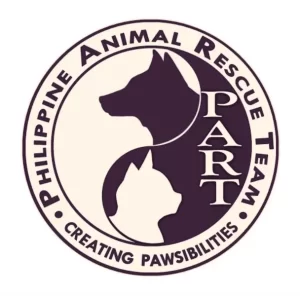
Philippine Animal Rescue Team (PART)
PART is a no-kill animal sanctuary that focuses on rescuing stray and abused dogs. They offer a structured adoption process.
Local LGU-run shelters
Many Local Government Units (LGUs) also run local pounds and shelters where stray dogs are brought. Some of these facilities allow adoptions, though conditions and processes may vary.
Quezon City Veterinary Department
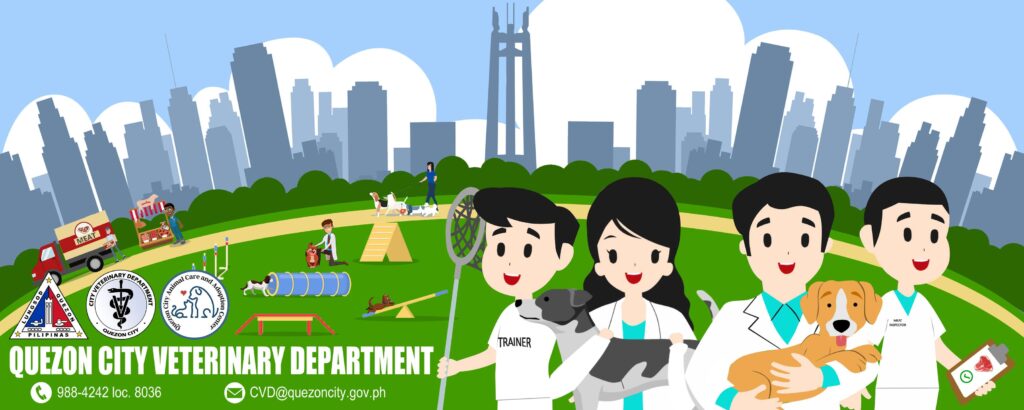
The Quezon City government has launched the first comprehensive adoption center for impounded and neglected animals in the city, transforming the existing city pound into a facility focused on rehabilitation and rehoming.
Through the Animal Welfare and Rehabilitation Program, impounded cats and dogs will be rehabilitated and trained instead of being euthanized, with the aim of finding them loving homes.
Mayor Joy Belmonte emphasized the city’s belief that every animal deserves a caring family, noting that dogs and cats make excellent companions.
The 450-square-meter adoption center in Barangay Payatas can temporarily house up to 60 animals. It features a surgery room for neutering, spaying, and providing immediate medical attention, as well as separate cages for sick animals to prevent the spread of illness.
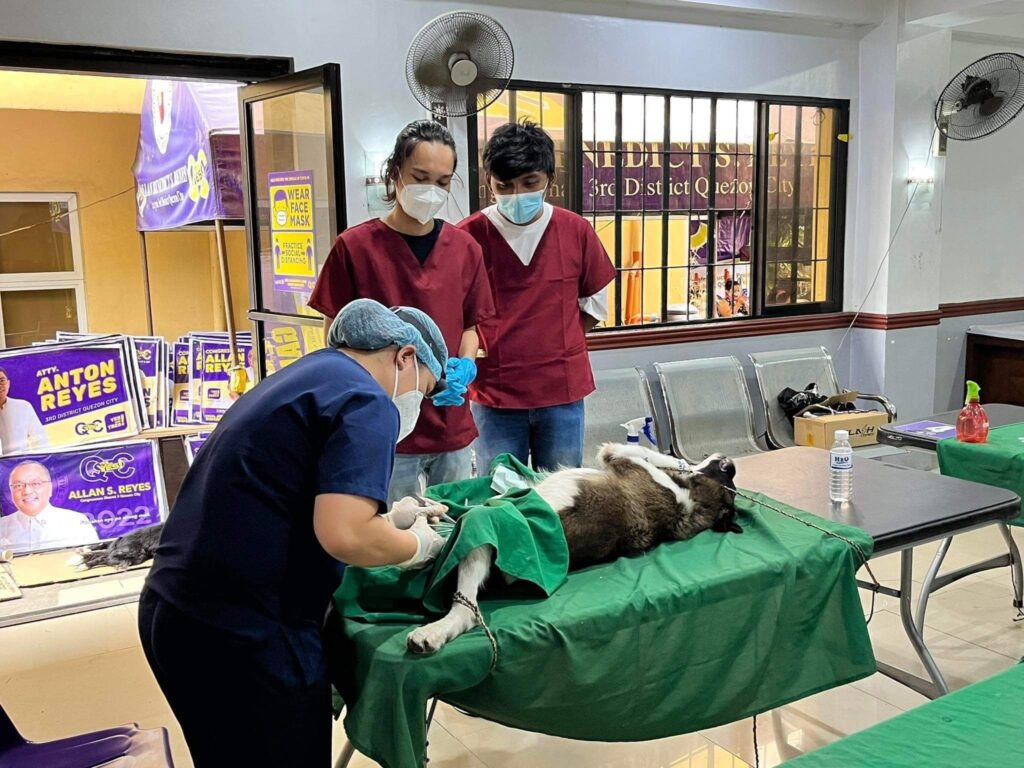
City Veterinarian Dr. Ana Marie Cabel stated that animals not claimed by their owners within three days will be eligible for adoption, and the city is working on establishing homing and adoption policies with the City Council.
The program is coordinated with Animal Welfare Advocates to comply with Republic Act 8485, the Animal Welfare Act, and plans are underway to create pet-friendly spaces in public facilities like parks, malls, and restaurants to encourage a more inclusive environment for pets.
To adopt a dog, you can follow the following steps:
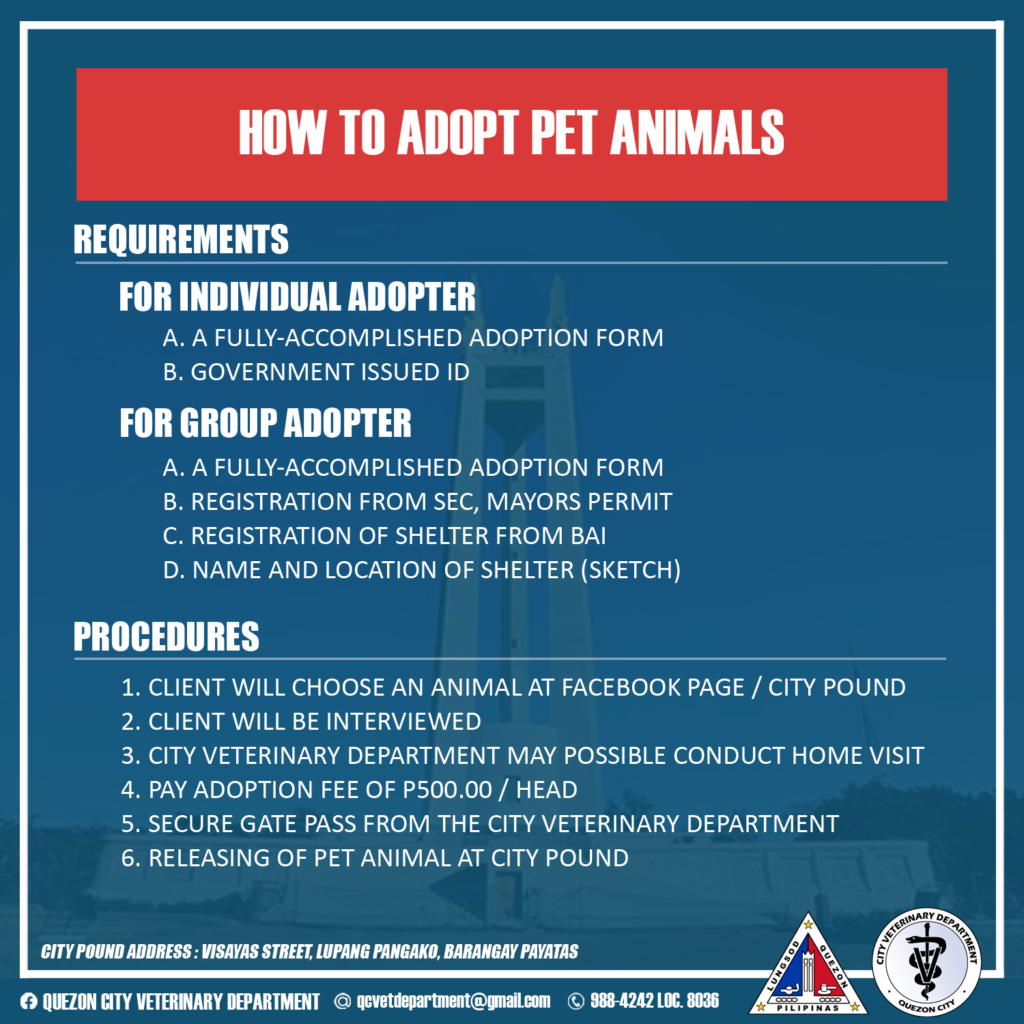
Address: 4th Floor Quezon City Health Department Building, QC Hall Compound, Makatarungan Road corner Kalayaan Ave., Diliman, Quezon City, Quezon City, Philippines
Website: https://quezoncity.gov.ph/departments/city-veterinary-department/
Facebook Page: https://www.facebook.com/QCVDgovph/
Email: CVD@quezoncity.gov.ph
Step 3: Visit the Shelter or Adoption Events
Once you’ve identified a shelter or rescue organization, visit their facility or attend one of their adoption events. Meeting the dogs in person will help you connect with the one that best suits your family and lifestyle. During your visit, observe how the dogs interact with people and other animals, and ask the shelter staff about the dog’s behavior and health history.
Things to keep in mind:
- Energy Level: If you live in a condo or have a busy lifestyle, look for a calmer dog. If you have more space and enjoy outdoor activities, consider a dog with higher energy.
- Temperament: Some dogs are naturally friendly and outgoing, while others may be shy or anxious due to their past experiences.
- Age: Puppies are playful but require more time and training. Older dogs are often calmer and may already be house-trained.
- Health: Ask about the dog’s vaccination history and any medical treatments they have undergone.
Tip: Aspins are typically very adaptable and hardy dogs that do well in the local climate, making them a great choice for first-time dog owners.
Step 4: Complete the Adoption Application
Once you’ve found a dog that you want to bring home, the next step is to complete the adoption application. Shelters typically require potential adopters to fill out an application form that asks for basic information about your home, lifestyle, and experience with pets. The form may include:
- Your living situation (renting or owning a home)
- Your household members (including children or other pets)
- Your work schedule and availability to care for the dog
- Your commitment to providing food, healthcare, and other needs
Some shelters also conduct interviews or home visits to ensure the environment is suitable for the dog. Don’t worry—this is just to make sure the dog is going to a loving, safe home.
Step 5: Pay the Adoption Fee
Adopting a dog from a shelter usually involves an adoption fee, which helps cover the cost of the dog’s care, vaccinations, deworming, spaying/neutering, and other services the shelter provides. The adoption fees vary depending on the shelter, but they typically range from ₱1,000 to ₱5,000.
This fee is generally much lower than the cost of purchasing a dog from a breeder, and it supports the shelter in rescuing and rehabilitating more animals in need.
Step 6: Prepare Your Home for the New Dog
Before bringing your new dog home, make sure your house is ready for them. Here’s what you’ll need to prepare:
- Dog bed: A comfortable space for your dog to sleep.
- Food and water bowls: Stainless steel or ceramic bowls are best as they’re easy to clean.
- Leash and collar: A secure collar with an ID tag and a leash for walks.
- Toys: Toys help keep your dog mentally stimulated and happy.
- Grooming supplies: Brush, shampoo, and nail clippers, depending on the dog’s grooming needs.
If possible, designate a quiet area where your dog can adjust to their new home, especially if they’re shy or nervous.
Tip: Make sure to “puppy-proof” your home by removing hazardous items like electric cords, small objects they could swallow, and harmful plants.
Step 7: Bring Your New Dog Home
When you bring your dog home, give them time to adjust to the new environment. Moving to a new home can be stressful for any dog, so it’s important to be patient as they explore and get comfortable. Some dogs may take days or weeks to fully settle in, especially if they’ve experienced trauma in the past.
Here’s how you can help ease the transition:
- Stick to a routine: Dogs thrive on routine. Set regular feeding, walking, and playtime schedules to help your dog feel secure.
- Give them space: Let your dog explore their new surroundings at their own pace. Don’t overwhelm them with too much attention or too many visitors right away.
- Start training early: If your dog isn’t house-trained, start working on that as soon as possible. Be consistent and patient with positive reinforcement methods.
Tip: Kung ang dog ay mukhang kinakabahan o natatakot, hayaan siyang makapag-adjust sa kanyang new home ng dahan-dahan. Huwag biglain sa dami ng tao or activities.
Step 8: Follow Up with Vet Visits and Vaccinations
After adopting your dog, schedule an appointment with a veterinarian to ensure your dog is healthy and up-to-date on vaccinations. The vet will conduct a full health check-up and recommend any additional vaccinations or treatments your dog might need, such as flea and tick prevention or deworming.
Read: The Importance of Deworming for Dogs in the Philippines
If your dog hasn’t been spayed or neutered, the vet may suggest scheduling this procedure to prevent future health issues and help control the stray population in the Philippines.
Step 9: Register Your Dog with the LGU
In the Philippines, it’s mandatory to register your dog with your Local Government Unit (LGU). Many LGUs have specific rules about pet ownership, including vaccination requirements and leash laws. You’ll need to fill out a registration form and provide proof of your dog’s vaccinations. There’s usually a small registration fee involved.
Registration is important, as it proves ownership and ensures that your dog is legally recognized in your community. It also helps if your dog ever gets lost or needs to be identified by authorities.
Step 10: Provide a Lifetime of Love and Care
Adopting a dog is a lifelong commitment. They depend on you for love, care, food, and companionship. Make sure to invest time in building a strong bond with your new dog, keep up with their health checkups, and ensure they get the proper exercise and mental stimulation they need.
Final Thoughts
Adopting a dog in the Philippines is not only an affordable and rewarding way to bring a new pet into your home, but it also makes a positive impact on the country’s stray dog population. By giving a dog from a shelter or rescue a loving home, you’re contributing to a better future for all animals. Whether you’re adopting an Aspin or any other breed, your new dog will repay you with loyalty, companionship, and unconditional love.

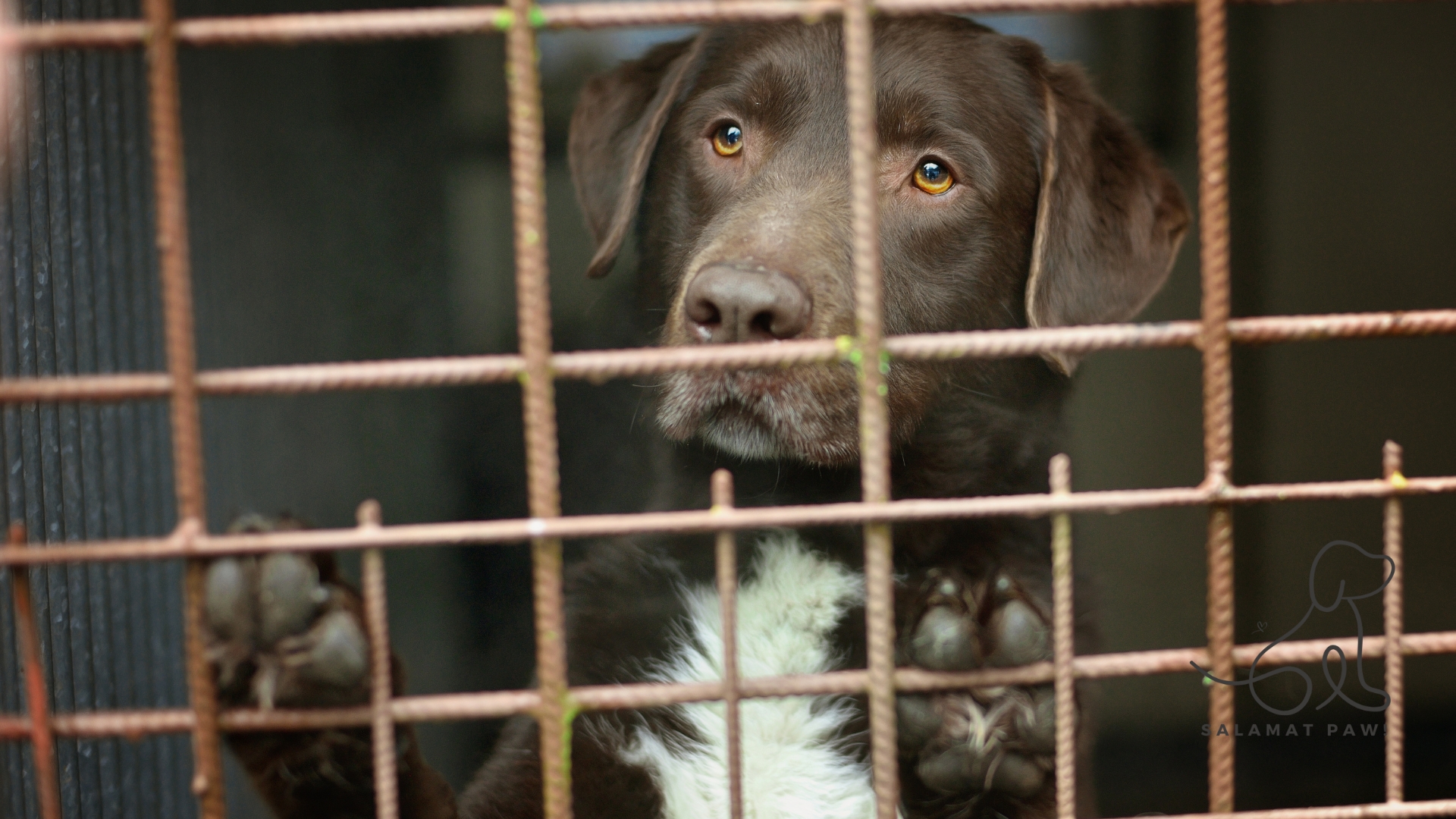
Leave a Reply